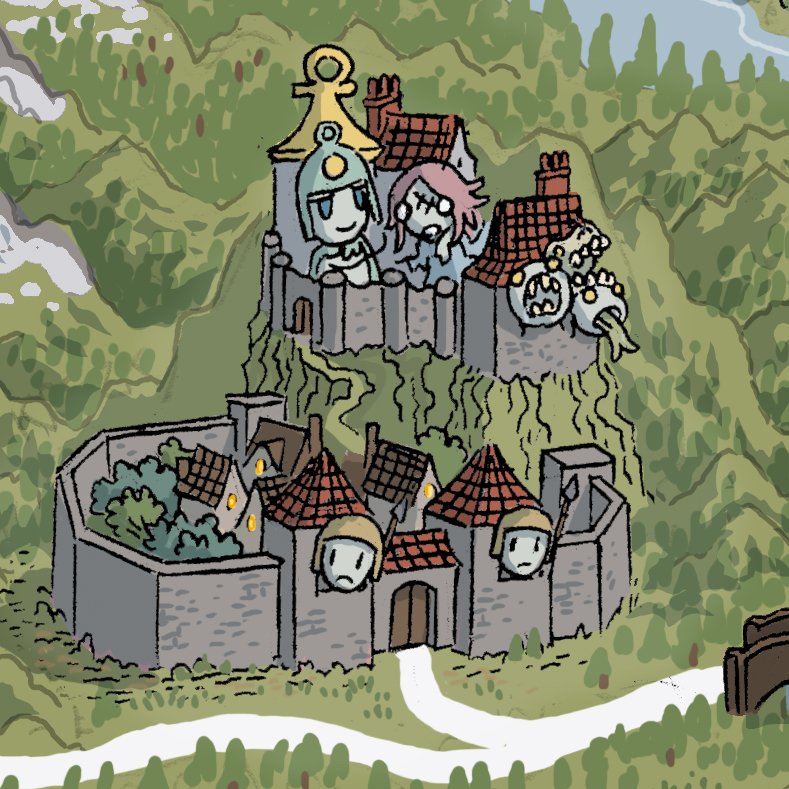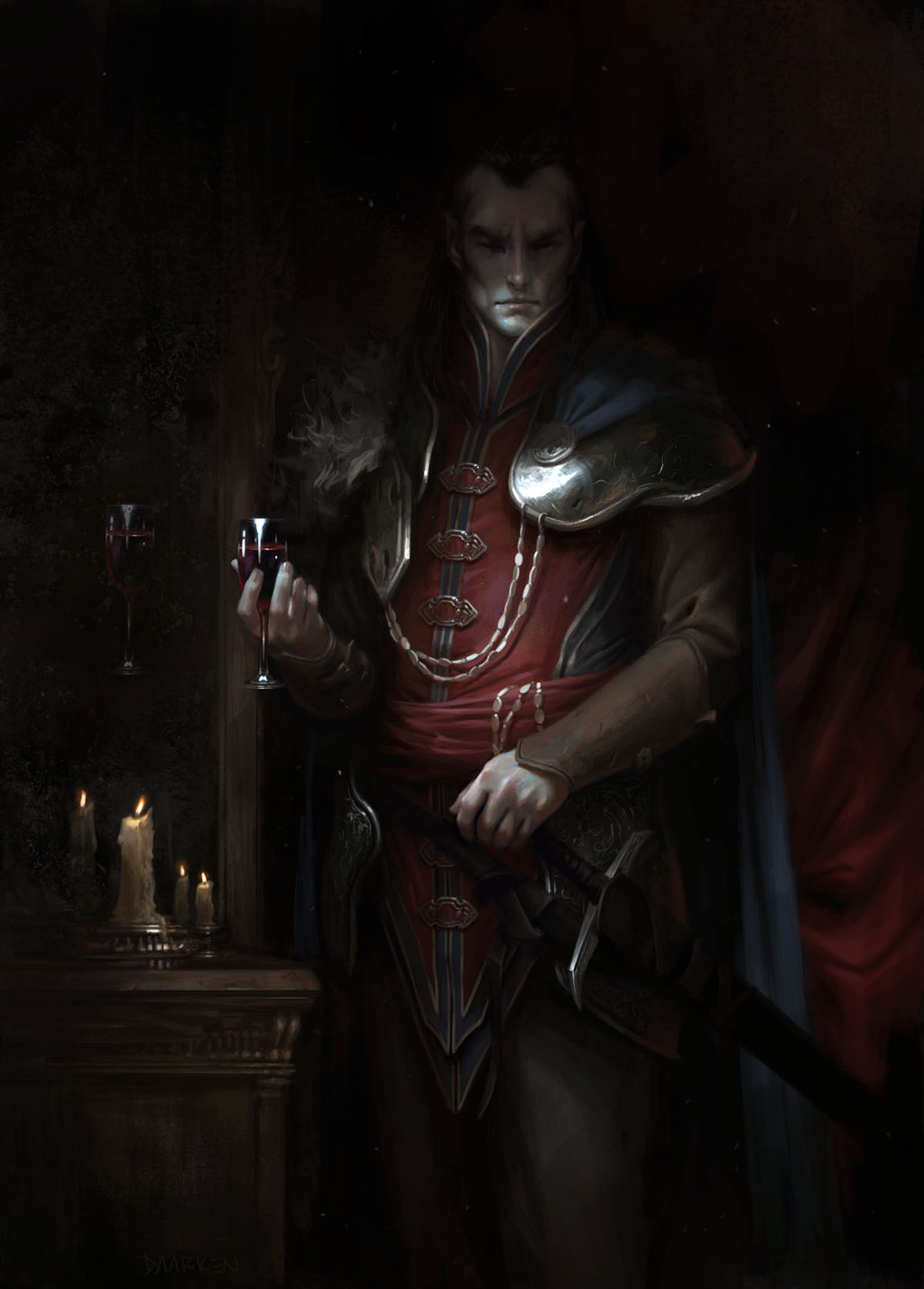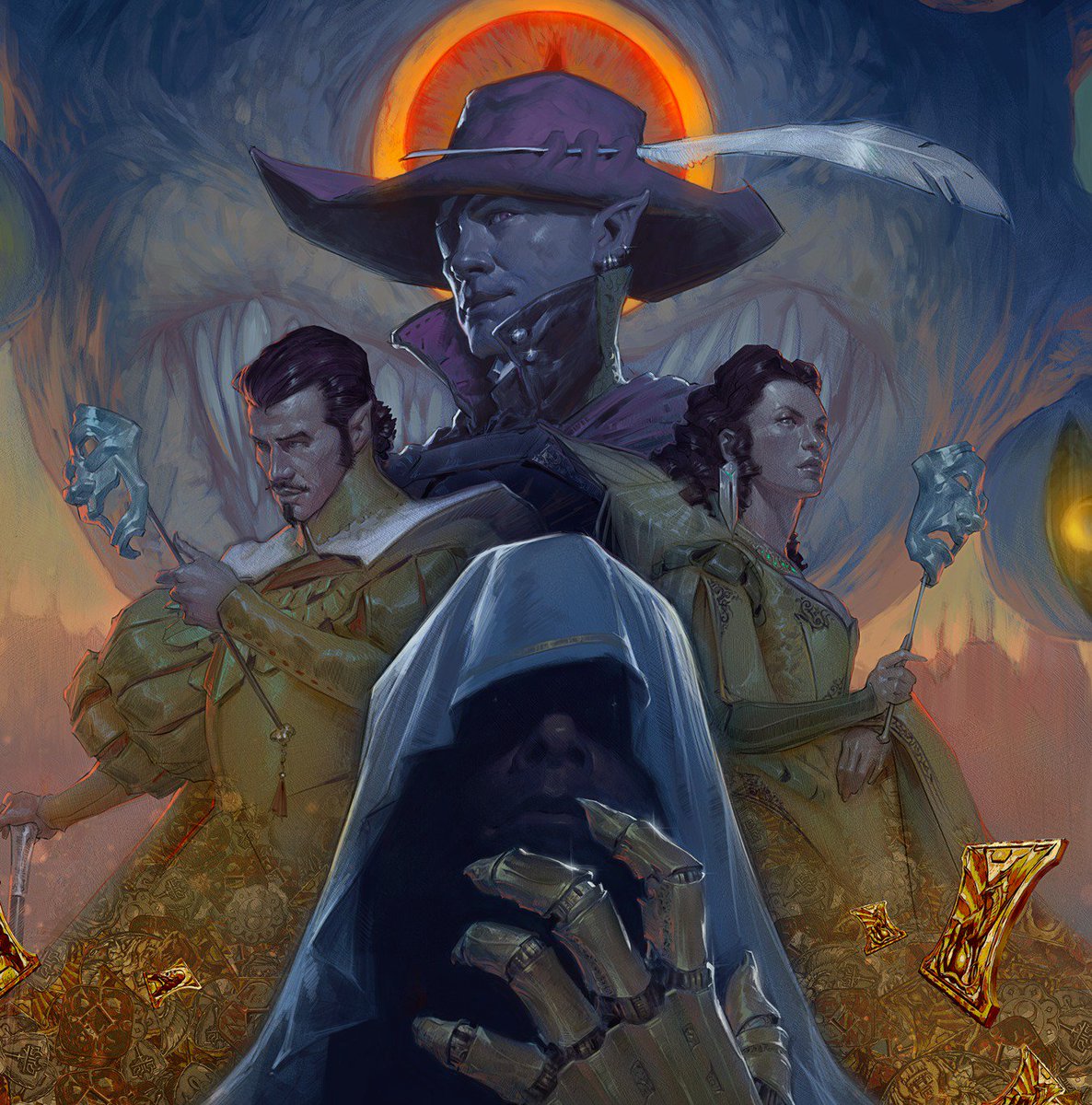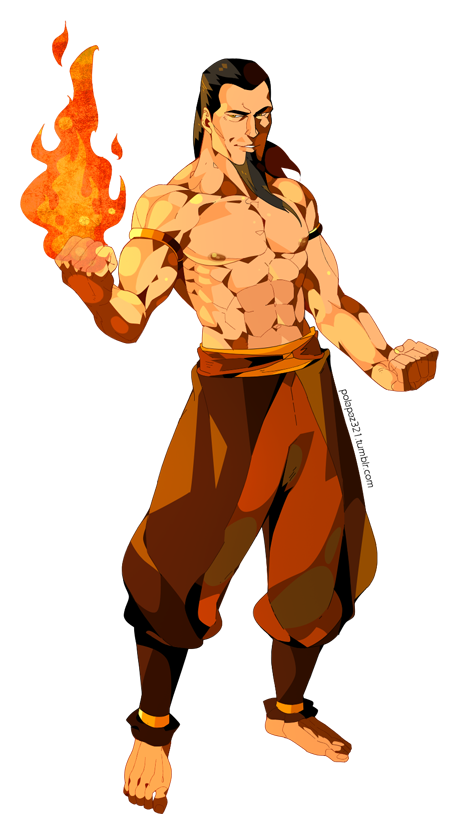This post continues my five part answer of how I prepare for an extended campaign.
Part 1: The Goal and The Antagonist
Part 2: Notable Landmarks
Part 4: Adventure Outline
Part 5: Ongoing Preparations
Part 3 - Player Integration
After assessing the mayor points of the campaign and having a good general idea for it, it's time to see how the Player Characters fit in. There are multiple ways to do this, but for now I'll be focusing on my favorite technique: Assimilating NPCs.
WARNING: MAJOR CURSE OF STRAHD SPOILERS
In the last post, I mentioned several notable landmarks, one of them being Yester Hill. This place is home to several druids that serve Strahd, their leader being an Archdruid. This is something that my previous Curse of Strahd DM did, and I think worked well.
 |
| Illustration by Ilya Bodaykin |
One of the players was creating a Druid who was looking for his mentor in Barovia. The DM took this opportunity to tie him to the Strahd serving druids, and made his master be the archdruid leader. It eventually led to a very fun moment where the player had to choose between the group and his master.
Abbot's Agent
If you recall The Abbot from the village of Krezk, I mentioned that he was looking for the perfect wife for Strahd. While he was constructing a flesh golem for this purpose, it could be the case that he could come upon someone worthy enough for the cause. And being in a position of power, he's capable of having underlings.
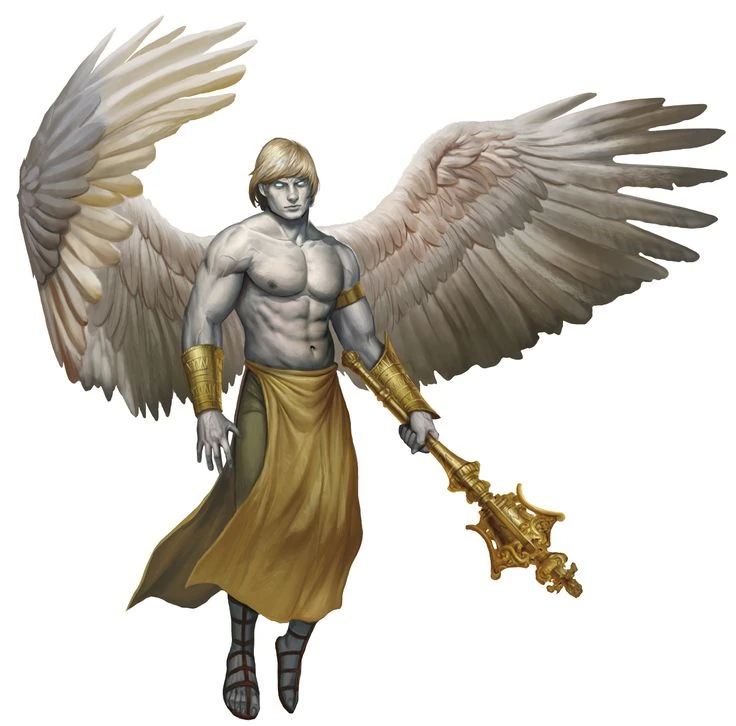 |
| Depiction of a Deva, though The Abbot is probably less naked |
In my last Curse of Strahd game, one of my players decided to play an Aasimar. The way the adventure was set, since she joined after the main group of players crossed through the mists into Barovia, her Aasimar must have been a semi-native. Therefore I took this opportunity to give her the chance to be an agent of The Abbot, searching for a potential wife for Strahd within the parties (there were two other female PCs) and she could make the decision of whether to follow through with the quest or reject it.
Kasimir Velikov
The thing about the Amber Temple is that pretty much no one in the adventure talks about it, therefore making it difficult to tie in. There is one NPC, called Kasimir Velikov, that is tied to the temple, but if the PCs aren't careful, he is liable to become their foe (and therefore die at their hands) for even a misunderstanding.
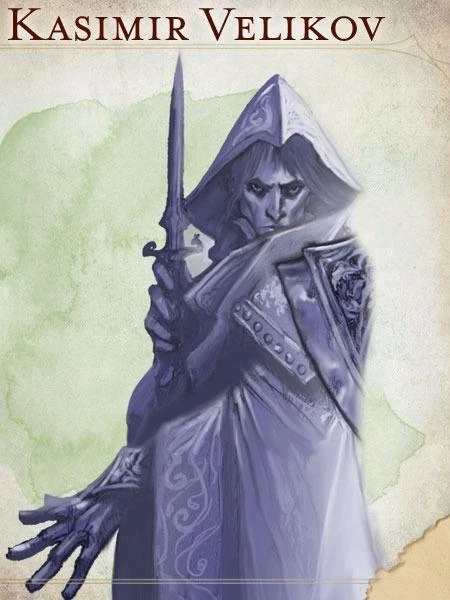 |
| Every native of Barovia looks super goth |
If a player were to decide to play an elf that is also a native of Barovia, you could hint his arc to them to see if they're interested in running it. This way you'll have someone interested in going to the Amber Temple from the start, as well as someone that could guide the PCs around in the world.
There are several other NPCs that you can take and turn into PC backgrounds, like Ezmeralda D'Avenir and Ireena, and they each have their own story and roleplaying opportunities as well. The idea behind tying them with an NPCs story is empowering your players and helping them feel like their characters belong to the game. Make sure you give them as much control as you would if they made their own backgrounds however, since you don't want your players feel alienated from their characters.
